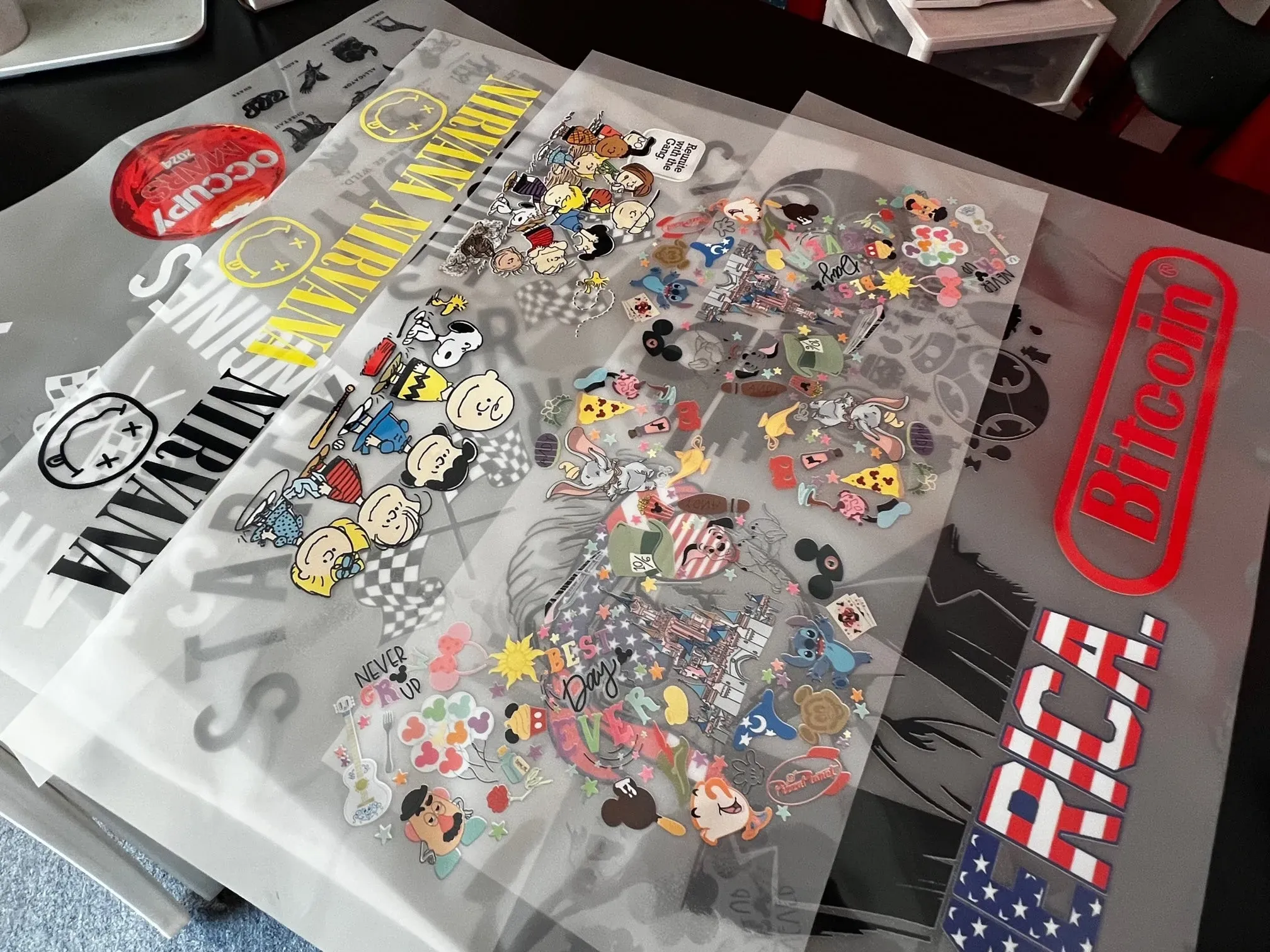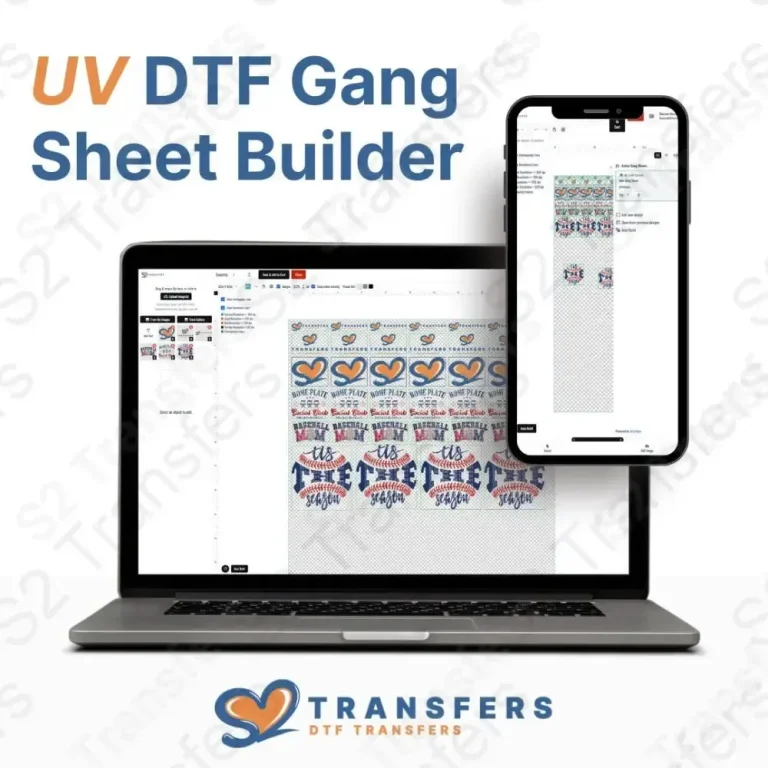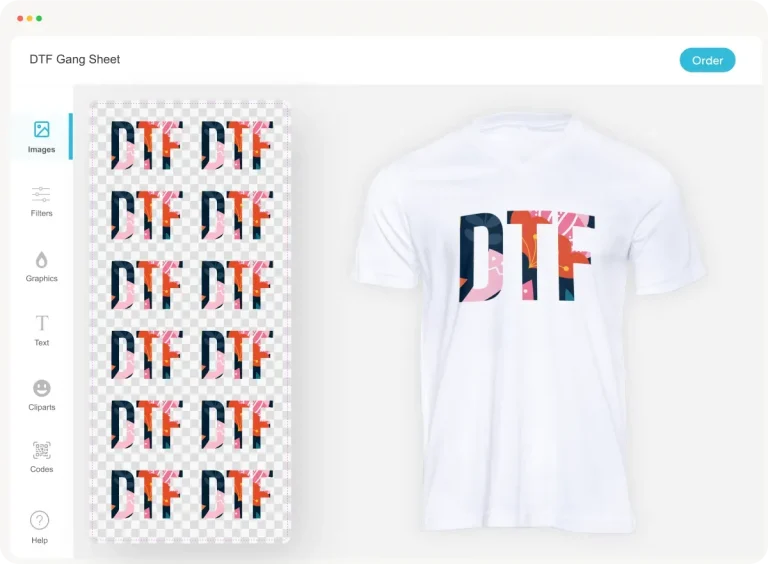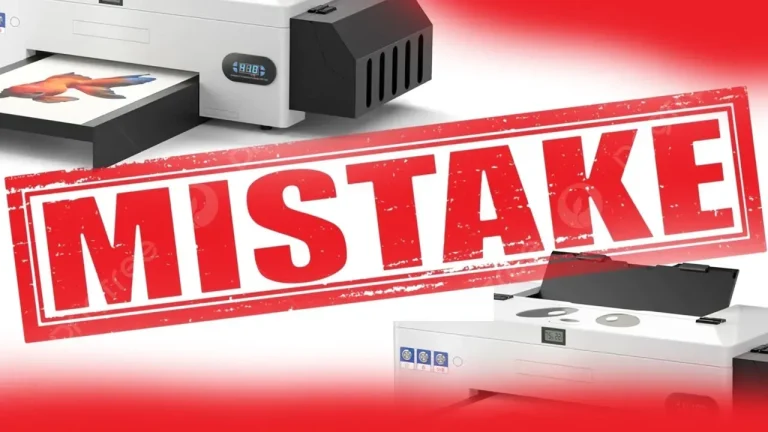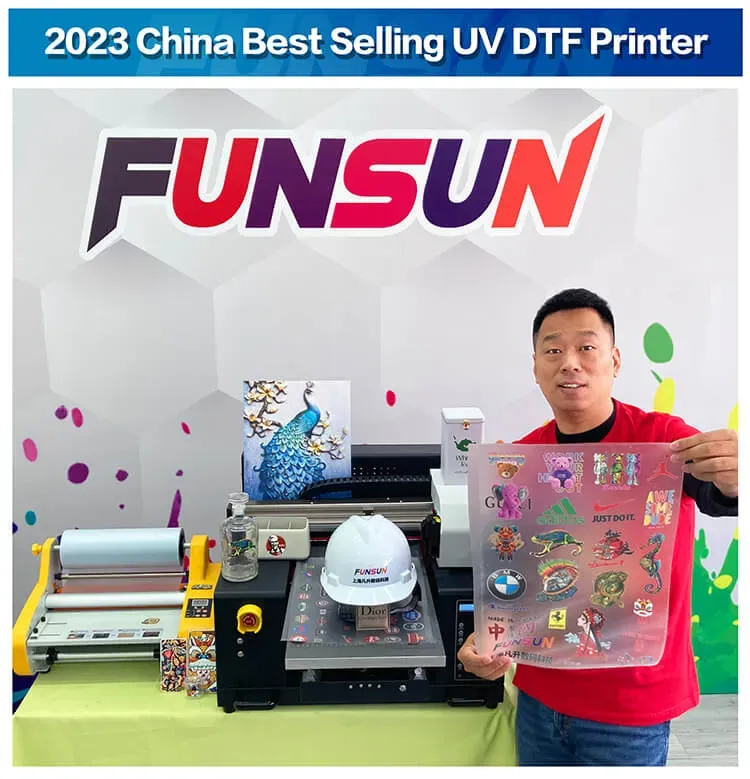The DTF gangsheet is a game-changer in the realm of custom apparel printing, offering a seamless solution for efficient design arrangements on a single transfer sheet. As the demand for vibrant and high-quality prints continues to rise, mastering the intricacies of DTF gangsheet design becomes essential for printers aiming for excellence. This guide delves into crucial DTF printing tips that will enhance your print quality and streamline your production process. By embracing effective gangsheet techniques, you can maximize your output while minimizing material waste, ultimately leading to greater profitability. Whether you’re a seasoned professional or just starting out, understanding how to DTF efficiently is vital for staying competitive in the custom apparel landscape.
In the world of custom garment decoration, Direct-to-Film (DTF) sheets represent a sophisticated approach to transferring intricate designs onto fabric. Often regarded as a cornerstone in the printing industry, these sheets allow for the combination of multiple graphics into one convenient layout, commonly referred to as a gangsheet. By leveraging optimal arrangements, businesses can not only reduce overhead costs but also ensure that their prints remain vibrant and durable over time. This comprehensive guide will shed light on advanced design principles, material selection, and settings optimization to enhance output quality in DTF production. Whether you refer to it as transfer paper layout or graphic printing sheet, the essentials of mastering your DTF gangsheet are vital for success.
Maximizing Efficiency with DTF Gangsheet Design
The design of your DTF gangsheet is pivotal in achieving both efficiency and quality in the printing process. Properly arranging multiple designs on a single sheet can drastically cut down on material waste while speeding up the production cycle. This arrangement allows you to get more prints per sheet, which is not only beneficial for cost savings but also for minimizing the environmental impact. Using layout software specifically designed for DTF printing can aid in achieving the optimal placement of images and logos, ensuring that all designs are printable while maintaining high print quality.
Additionally, keep in mind that maximizing the space on your gangsheet doesn’t mean cramming designs together. It’s essential to maintain appropriate distances to avoid issues during cutting and application. Failing to respect these spacing guidelines may lead to overlapping designs, which can ruin the final product. Aim for a balance between maximizing sheet usage and ensuring clarity and vibrancy in each printed design.
Selecting High-Quality Materials for DTF Printing
The success of DTF printing heavily relies on the materials used, particularly the transfer film. High-quality DTF transfer films greatly influence adhesion and longevity of prints, making them resistant to washing and wear. Therefore, investing in reputable brands known for their excellent film quality is crucial for achieving durable results. Low-quality films may lead to peeling or fading, which ultimately disappoints customers and damages your brand’s reputation.
Moreover, the choice of inks and adhesives plays a significant role in the final outcome of your designs. Opt for eco-solvent or water-based inks because they not only provide vibrant colors but are also friendly to various fabric types and less harmful to the environment. The compatibility of these inks with your selected transfer film can also enhance adhesion and longevity, ensuring your prints withstand the test of time.
Essential Printer Settings for DTF Success
Correct printer settings are integral to achieving the best results in DTF printing. Each DTF printer comes with its specific settings for temperature, speed, and ink flow rates, which need to be accurately configured before starting any printing process. Following the manufacturer’s guidelines is crucial here; calibration ensures that the printer operates at optimal levels for varying material types and print designs.
Regular calibration of printing equipment is also necessary for consistency in print quality. Over time, printer settings can drift, leading to color misalignment and other printing issues. To mitigate these challenges, establishing a thorough calibration routine based on your printing frequency will help maintain color accuracy and quality control, ensuring customer satisfaction with every order.
Post-Processing Best Practices for DTF Prints
Post-processing is a critical aspect of DTF printing that often determines the longevity and durability of your prints. After printing, proper curing is essential to ensure that the inks adhere well to the transfer film and fabric. Following the manufacturer’s guidelines for curing times and temperatures is vital; inadequate curing can result in prints that peel or crack during washing.
In addition to curing, the application method you choose for your DTF designs can significantly influence the final product. Using a heat press allows for a controlled environment to bond the print with the fabric. The right combination of pressure and temperature is key to achieving a perfect bond that enhances durability and vibrancy of the print. Conducting a burn test on scrap materials can provide insights on optimal settings before proceeding with final products.
Common Troubleshooting Tips for DTF Printing
Even experienced printers can face challenges with DTF printing. Issues such as peeling, fading, or poor adhesion often arise due to various factors, including ink compatibility with fabrics and improper equipment maintenance. To address these, it’s essential to routinely inspect both materials and printer conditions, ensuring they meet optimal performance standards. Regular cleaning and maintenance of your printing equipment can help mitigate many common problems.
Before committing to a large production run, conducting test prints can catch potential issues early on. This practice helps assess color accuracy, design alignment, and overall print quality, allowing you to identify necessary adjustments before going into full production. Testing not only helps you avoid costly errors but also ensures that your final products meet customer expectations.
Optimizing Your DTF Workflow for Better Prints
Streamlining your DTF printing workflow can lead to better productivity and print quality. By refining each step—design, material selection, printing, post-processing, and quality checks—printers can significantly enhance their operation skills and reduce costs. Implementing effective workflows helps maintain consistency, which is crucial in fulfilling customer orders accurately and on time.
One effective way to optimize the workflow is through continuous education and practice. Keeping abreast of the latest DTF printing tips and advancements not only enhances your skillset but also helps in smoothly transitioning workflows when new techniques are introduced. Engaging in workshops or online courses can provide valuable insights into innovations that can further refine your DTF printing process.
Frequently Asked Questions
What is a DTF gangsheet and why is it important in DTF printing?
A DTF gangsheet is a layout that combines multiple designs on a single film for Direct-to-Film (DTF) printing. It is crucial as it maximizes material usage, reduces waste, and enhances production efficiency, while ensuring high print quality for custom apparel.
How can I optimize the design layout of my DTF gangsheet?
To optimize your DTF gangsheet design layout, use graphic design software to arrange designs closely together while keeping 1-2 inches of space between them. This minimizes waste and maximizes the number of designs that fit on a single sheet, improving the efficiency of your custom apparel printing.
What are some tips for maintaining high DTF print quality?
To maintain high DTF print quality, use high-grade transfer films and eco-solvent or water-based inks. Additionally, ensure your printer settings are calibrated correctly, and follow proper curing techniques post-printing to enhance durability and vibrancy in your custom apparel.
What materials are recommended for DTF printing on gang sheets?
For DTF printing, it’s recommended to use top-quality transfer films, vibrant eco-solvent or water-based inks, and high-performance adhesives. These materials contribute to better adhesion and print longevity, essential for creating durable custom apparel.
What troubleshooting methods can I use for common DTF printing issues?
Common DTF printing issues include peeling and fading of designs. Troubleshooting methods include checking ink compatibility with fabrics, conducting regular maintenance on printers, and performing test prints to ensure color accuracy and proper design placements before large runs.
How does curing affect the DTF printing process on gang sheets?
Curing plays a critical role in the DTF printing process, as proper curing times and temperatures ensure that prints adhere effectively and remain intact during washing. Incorrect curing can lead to issues such as peeling or cracking, impacting the overall quality of your custom apparel.
| Key Aspect | Details |
|---|---|
| Effective Design Layout | Maximize space and minimize waste by efficiently arranging designs. Maintain proper spacing to avoid overlaps. |
| Choosing the Right Materials | Use high-quality transfer films, eco-solvent or water-based inks for vibrant prints. |
| Printer Settings and Calibration | Ensure printer settings are correct and regularly calibrate for consistent quality. |
| Post-Processing Techniques | Proper curing and correct application methods enhance design durability. |
| Troubleshooting Common Issues | Conduct test prints to identify issues and maintain printer performance for best results. |
Summary
DTF gangsheet is crucial for achieving high-quality prints in the custom apparel industry. By mastering effective design layouts, selecting top-notch materials, correctly configuring printer settings, and applying thorough post-processing techniques, you can ensure your prints are durable and visually appealing. Keep in mind the importance of troubleshooting to address common printing issues before scaling up production. Embracing the art and science behind DTF gangsheet creation will not only enhance the quality of your outputs but also elevate your standing in the competitive market of custom printing.

